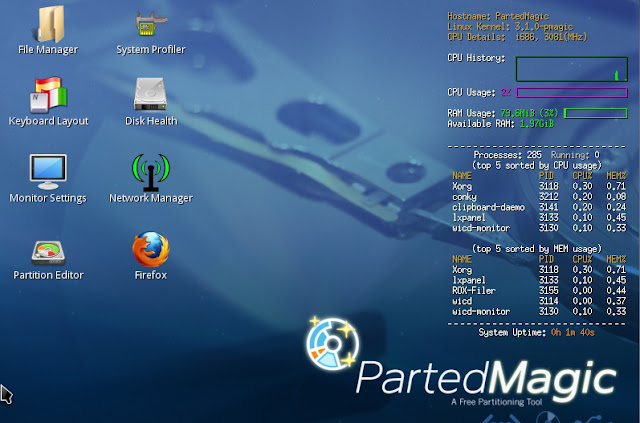
'Steel towers' isn't exactly a phrase that would make someone immediately think about PC cases, but the words are, in this case, quite descriptive of the two enclosures that Gigabyte created for desktop PCs.
The reason why steel and tower both accurately capture part of the essence of the two products that Gigabyte made is because the GZ-G1 and GZ-G1 Plus, as they are called, are desktop cases that feature the tower form factor and a steel structure.
They aren't the only ones of their kind either, as the GZ-G series also includes the GZ-G2 and GZ-G2 Plus.
The whole product line can be found here, on the company's official website.
The only difference between the GZ-G1 and the GZ-G1 Plus is that the latter has an extra fan of 120mm and a...



 11/11/2011 11:39:00 PM
11/11/2011 11:39:00 PM
 dannzfay
dannzfay
























